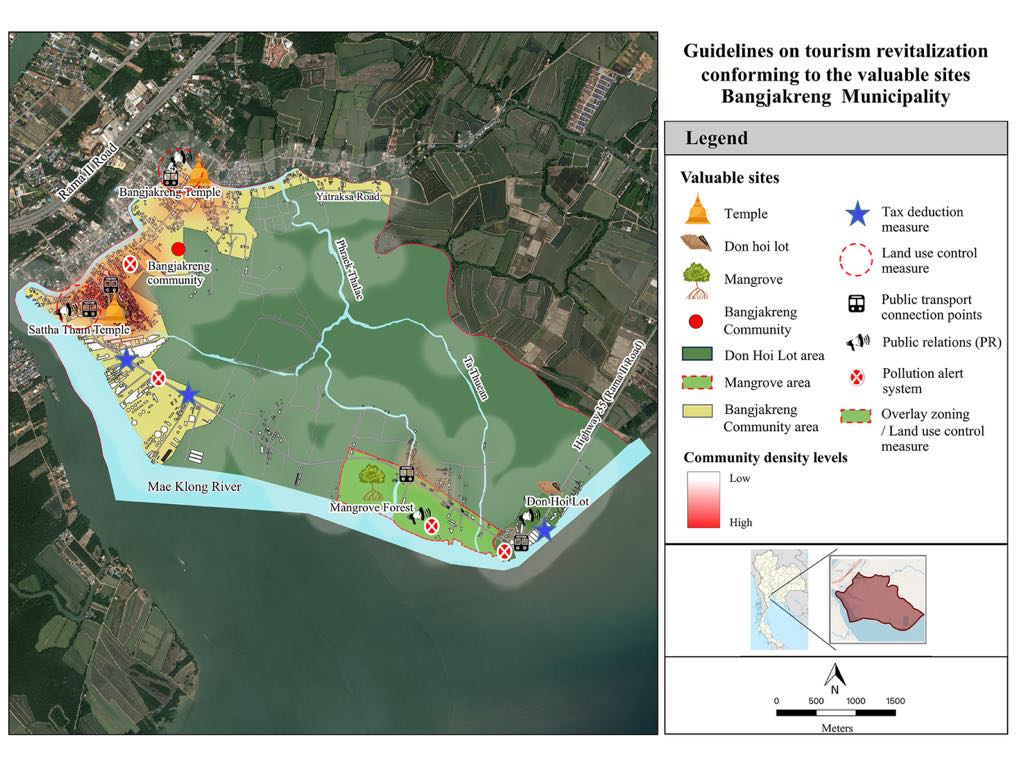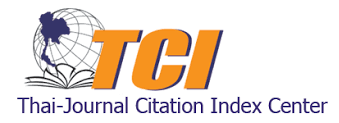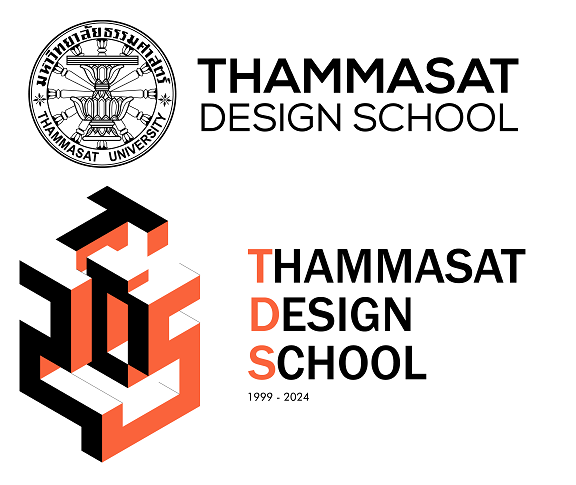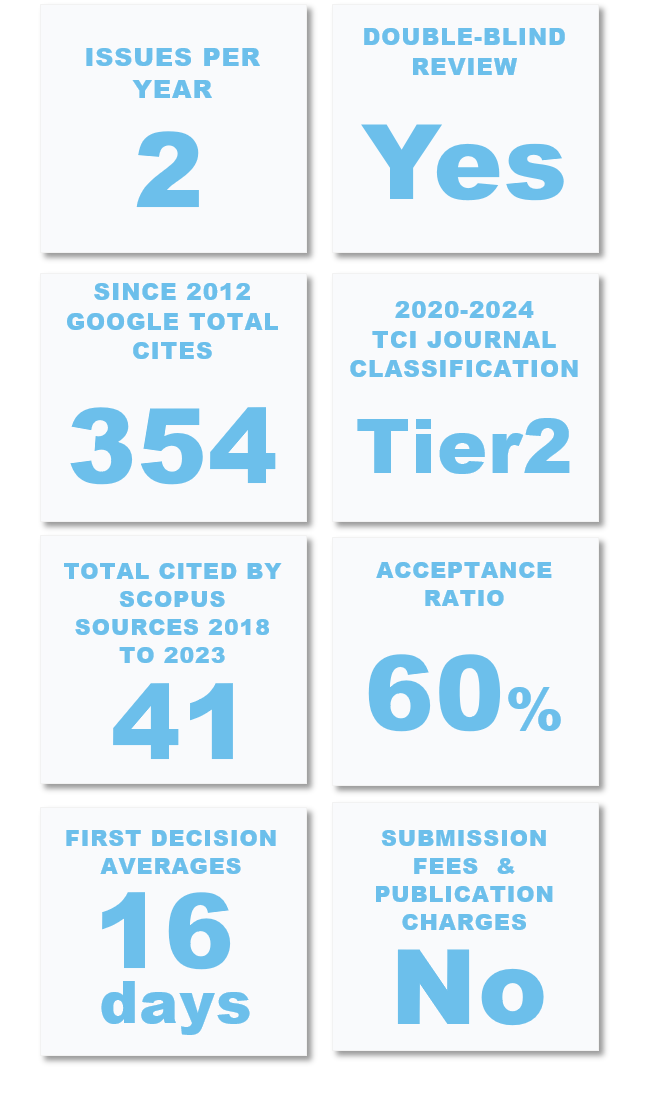Applying the Smart City Concept to Revitalize Tourism in Cities with Valuable Sites of Cultural Environment, Natural Environment through Urban Planning Measures: A Study of Bangjakreng Subdistrict Municipality, Samut Songkhram Province
DOI:
https://doi.org/10.56261/built.v22.256543Keywords:
Smart city, Urban planning measure, Tourism revitalization, Cultural environment, Natural environmentAbstract
The smart city concept for successful urban management has been applied in several areas. Specifically, this concept has been applied to urban planning measures to revitalize tourism in valuable areas. The objectives of this study were (1) to categorize sites of cultural environment and natural resources, (2) to analyze the tourism situation, including problems and effects, (3) to analyze the situation, the components of a smart city, and people’s need for smart city development, and (4) to suggest guidelines for applying the smart city concept with urban planning measures to revitalize tourism. This study applied a mixed research method, using quantitative and qualitative research methods to collect data from 370 sets of questionnaires. People’s opinions were interpreted using statistical analysis with mean and standard deviation as well as summaries with the interviews (four public officers and academicians). The research methodology used were 370 sets of questionnaires as well as interviews with 4 public officers and academicians. The results revealed problems in terms of physical dimension, pollution, natural resources, public transportation connection, and public relations (PR), all of which affected tourism. The research suggested guidelines on cooperative revitalization in terms of the components of a smart city with urban planning measures, i.e., providing a plan to develop short-term and long-term infrastructures, cooperative planning to build public vehicle connective points, planning for smart pollution control management through an alarm, PR for cooperative mangrove forest revitalization through online media, issuing overlay zoning control regulations, issuing regulations to control future land use, and the integration of the compact city concept to prevent intrusion into natural resources and the environment. The results obtained can assist with the guidelines being applied in related academic affairs to revitalize tourism so that they truly conform to the context of a certain area.
Downloads
References
Angelidou, M. and Stylianidis, E. (2020). Cultural Heritage in smart city environments: The update. ISPRS Annals of the Photogrammetry, Remote Sensing and Spatial Information Sciences, 2020, 957-964. https://doi.org/10.5194/isprs-annals-V-2-2020-957-2020 DOI: https://doi.org/10.5194/isprs-annals-V-2-2020-957-2020
Bangjakreng Subdistrict Municipality Office. (2024). Local Development Plan B.E. 2566 - 2570. Retrieved August 10, 2024, from http://bangjakreng.go.th/wp- content/uploads/20242570.pdf
Charoenmahavit, B. (2023). Local Wisdom and Natural Resource Management and Environment. Journal Nisit Wang, 25(2), 54-63. https://so06.tci-thaijo.org/index.php/jonw/article/view/265019/181043
City Planning Department. (2014). The expenses from hiring consultants for developing city planning development measures, mechanisms and instruments under the comprehensive plans of Bangkok. Bangkok Metropolitan Administration
Correia, D., Marques, J. L., & Teixeira, L. (2022). City@Path: A collaborative smart city planning and assessment tool. International Journal of Transport Development and Integration, 6(1), 66-80. https://doi.org/10.2495/TDI-V6-N1-66-80 DOI: https://doi.org/10.2495/TDI-V6-N1-66-80
Digital Economy Promotion Agency. (2021). Smart city development. Retrieved September 18, 2024, from https://www.depa.or.th/th/smart-city-plan/smart-city-office
Fistola, R., & Rocca, R.A. (2014). The Sustainable City and the Smart City: Measuring Urban Entropy First. Sustainable City IX, 191, 537-548. Retrieved September 18, 2024, from https://www.witpress.com/elibrary/wit-transactions-on-ecology-and-the-environment/191/29536 DOI: https://doi.org/10.2495/SC140451
Ji, Y., Yin, J. (2022). Diffusion Characteristics and Driving Factors of the Smart Tourism City Policy—Event History Analysis. Sustainability, 14(11), 6685. https://doi.org/10.3390/su14116685 DOI: https://doi.org/10.3390/su14116685
Khamwachirapithak, P., Khongouan, W. (2022). The development of different types of parks under the urban planning criteria and measures: Case studies of Samutsakhon Municipality and Banphaeo Municipality in Samut Sakhon Province. Kasetsart Journal of Social Sciences, 43(3), 583-590. https://doi.org/10.34044/j.kjss.2022.43.3.07 DOI: https://doi.org/10.34044/j.kjss.2022.43.3.07
Khamwachirapithak, P., Khongouan, W. (2024). Smart city development in a tourist city with valuable sites of cultural and natural environment: A case study of Amphawa Subdistrict Municipality, Samut Songkhram Province. Kasetsart Journal of Social Sciences, 45(1), 257-268. https://doi.org/10.34044/j.kjss.2024.45.1.26 DOI: https://doi.org/10.34044/j.kjss.2024.45.1.26
Klaylee, J., Iamtrakul, P., & Chollacoop, N. (2021). Urban planning measure for smart city development. Proceedings of International Structural Engineering and Construction, 8(1). https://doi.org/10.14455/ISEC.2021.8(1).PND-02 DOI: https://doi.org/10.14455/ISEC.2021.8(1).PND-02
Lei, H., Zhou, Y. (2022). Conducting Heritage Tourism-Led Urban Renewal in Chinese Historical and Cultural Urban Spaces: A Case Study of Datong. Land, 11(12), 2122. https://doi.org/10.3390/land11122122 DOI: https://doi.org/10.3390/land11122122
Li, D., Du, P., & He, H. (2022). Artificial Intelligence-Based Sustainable Development of Smart Heritage Tourism. Wireless Communications and Mobile Computing, 2022, 5441170. https://doi.org/10.1155/2022/5441170 DOI: https://doi.org/10.1155/2022/5441170
Ngarmyarn, A. (2011). Yamane’s formula. Journal of Business Administration, 34(131). 46-60. http://www.jba.tbs.tu.ac.th/files/Jba131/Article/JBA131Acharawan.pdf
Office of Natural Resources and Environmental Policy and Planning. (2024). Cultural environment and Natural environment. Retrieved August 25, 2024, from
https://www.onep.go.th/open-data-cultural-environment/
Ruohomaa, H., Salminen, V., & Kunttu, I. (2019). Towards a Smart City Concept in Small Cities. Technology Innovation Management Review, 9(9), 5-14. Retrieved September 18, 2024, from https://osuva.uwasa.fi/bitstream/handle/10024/10704/Ruohomaa_Salminen_Kunttu_ DOI: https://doi.org/10.22215/timreview/1264
_TIMReview_September2019%20-%20final-A.pdf?sequence=2&isAllowed=y
Saengsupavanich, C. (2019). Willingness to restore jetty-created erosion at a famous tourist beach. Ocean & Coastal Management, 178, 104817. https://doi.org/10.1016/j.ocecoaman.2019.104817 DOI: https://doi.org/10.1016/j.ocecoaman.2019.104817
Selim, M.A., Abdel-Fattah, N.A., Hegazi, Y.S. (2021). A Composite Index to Measure Smartness and Competitiveness of Heritage Tourism Destination and Historic Building. Sustainability, 13, 13135. https://doi.org/10.3390/su132313135 DOI: https://doi.org/10.3390/su132313135
Sestras, P., Rosca, S., Bilasco, S., Nas, S., Buru, S. M., Kovacs, L., Spalevic, V., Sestras, A.F. (2020). Feasibility Assessments Using Unmanned Aerial Vehicle Technology in Heritage Buildings: Rehabilitation-Restoration, Spatial Analysis and Tourism Potential Analysis. Sensors, 20(7), 2054. https://doi.org/10.3390/s20072054 DOI: https://doi.org/10.3390/s20072054
Shamsuzzoha, A., Nieminen, J., Piya, S., & Rutledge, K. (2021). Smart city for a sustainable environment: A comparison of participatory strategies from Helsinki, Singapore, and London. Cities, 114, 103194.
https://doi.org/10.1016/j.cities.2021.103194 DOI: https://doi.org/10.1016/j.cities.2021.103194
Silva, B. N., Khan, M., & Han, K. (2018). Towards sustainable smart cities: A review of trends, architectures, components, and open challenges in smart cities. Sustainable Cities and Society, 38, 697–713. https://doi.org/10.1016/j.scs.2018.01. 053 DOI: https://doi.org/10.1016/j.scs.2018.01.053
ISO.Org. (2015). ISO/IEC JTC 1, Information technology: Smart Cities, Preliminary Report 2014. Retrieved September 18, 2024, from https://www.iso.org/files/live/sites/iso org/files/developing_standards/docs/en/smart_cities_report-jtc1.pdf
Udomrat, T. (2019). State and Perception of Community Participation in Education Development to Build up a Smart City of Phitsanulok. Journal of Education, Prince of Songkla University, Pattani Campus, 30(2), 41-56. https://so02.tci-thaijo.org/index.php/edupsu/article/view/214033/148974

Downloads
Published
How to Cite
Issue
Section
License
Copyright (c) 2024 International Journal of Building, Urban, Interior and Landscape Technology (BUILT)

This work is licensed under a Creative Commons Attribution-NonCommercial-NoDerivatives 4.0 International License.











